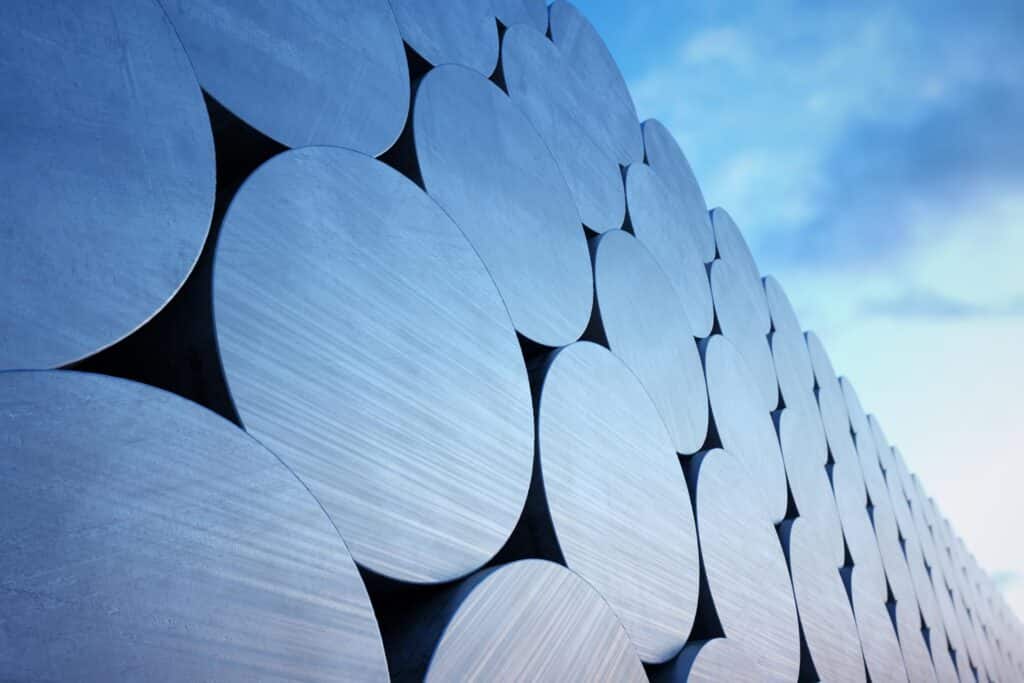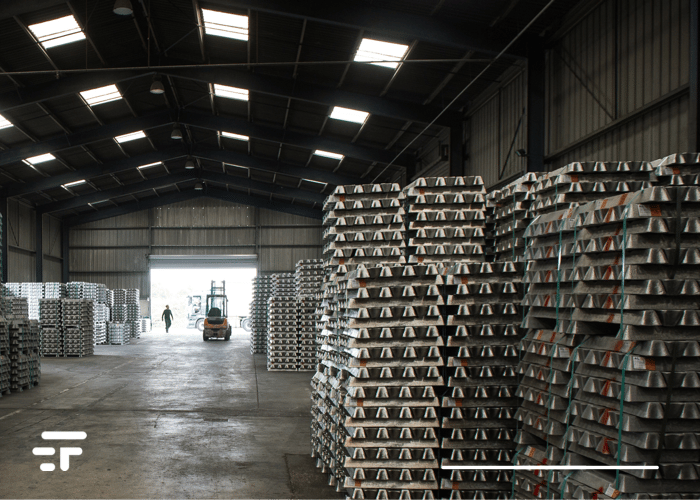Aluminum has the potential to store 50 times more energy than lithium-ion batteries, making it really promising for renewable energy storage. For this reason the scientists ofSwiss Institute of Solar Technology SPF they are developing aluminum-based technology to give Europe less turbulent winters than the next.
The problem is very simple, we have faced it several times. The main obstacle to our race towards zero-emission forms of energy is the intermittent nature of low-cost renewable energy. On a small, everyday scale, solar collects most of its energy in the middle of the day and parks it in some form of battery. In the evening, when everyone goes home and starts running the TV and dishwasher, the collected energy is used.
These storage systems are already installed in many homes and are proving their worth. The problem on a larger scale, however, persists. And the problem is not of an everyday and individual nature, but of a seasonal and collective nature.
What we really need
The further you get from the equator, the less sun you get in the winter months. You know. In some parts of Scandinavia there is no sun for months on end (there are countries that get some sun they install huge mirrors). To come true, our dream of a zero-carbon world needs a way to store absolutely quantities enormous of excess renewable energy generated in the warmer months, and release it during the long winters. And it must be convenient, otherwise it will never see the light.
SPF researchers have been studying the redox cycles of aluminum for years and, with funding from the EU's Horizon Europe program, they have just started a research project called Reveal. Reveal involves nine different partners from seven European countries, to develop what seems like a very promising idea. Which?
Mon amour aluminum
I quote from a 2020 SPF report (that I link to you here): A single one cubic meter (35,3 cubic foot) block of aluminum can chemically store approx 23,5 megawatt hours, more than 50 times a lithium-ion battery. In summary, it can power a medium-sized house for 2 full years.
The Reveal team proposes to “load” aluminum spheres with a diameter of 1 mm (0,04 inches). During the “recharging process,” excess renewable energy would be used to convert aluminum oxide, or aluminum hydroxide, into pure elemental aluminum. It is an industrial electrolysis process that requires temperatures around 800°C (1.472°F), as well as new inert electrodes, which avoid the emissions of current aluminum smelting processes.
The team estimates that it will be possible to “charge” an aluminum redox system like this with an efficiency of around 65%.
All the materials necessary for the realization are relatively inexpensive (even from scrap or recycling) and easy to find, store and transport.

And to "unload" the aluminum?
The Reveal team is very clear in this regard: to “unload” the aluminum and use its accumulated energy, it is sufficient to reconvert it. This can be done at low temperatures, using aluminum-water reactions less than 100 ° C (212 ° F). These reactions generate aluminum hydroxide and pure hydrogen, which can be run directly in a PEM fuel cell stack for conversion to electricity.
Obviously the process and the fuel cell also generate heat, which can be recovered for space heating or domestic hot water.
In the model envisioned by Reveal, the charging process would be carried out at specific facilities, and the “charged” aluminum would then be made available for “unloading” in apartment buildings, industrial facilities and even individual homes, when a convincing aluminum conversion system -hydrogen will be developed. After all, the necessary equipment is relatively simple and requires little maintenance.
Costs?
This seems to be the most interesting part: the SPF team analyzed the entire life cycle of the project e parla of only € 0,09 (US $ 0,09) per kWh. This makes it quite interesting, and it is no coincidence that Reveal is working at full speed (with a relatively short deadline, summer 2026) to implement practical solutions for this new energy storage concept.
What do you think?


